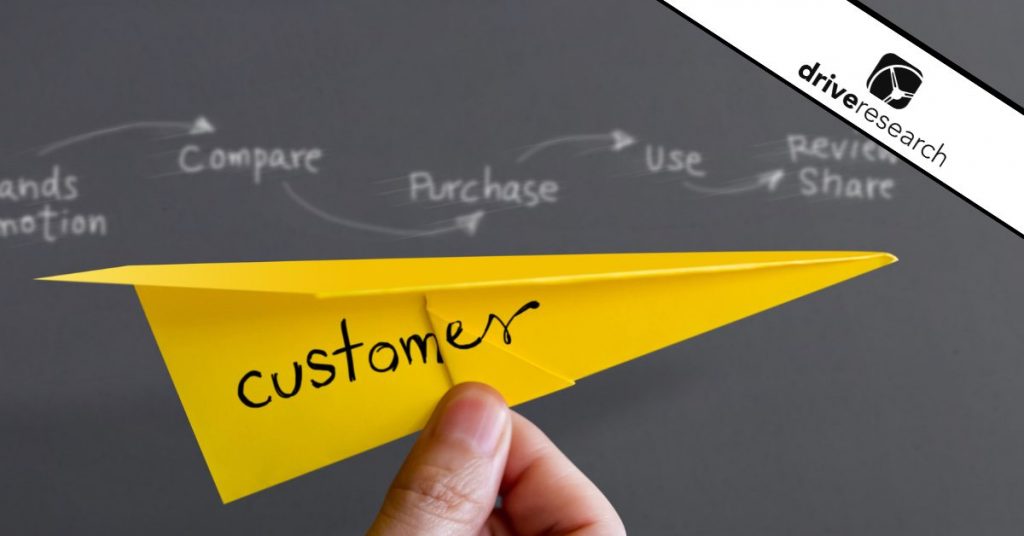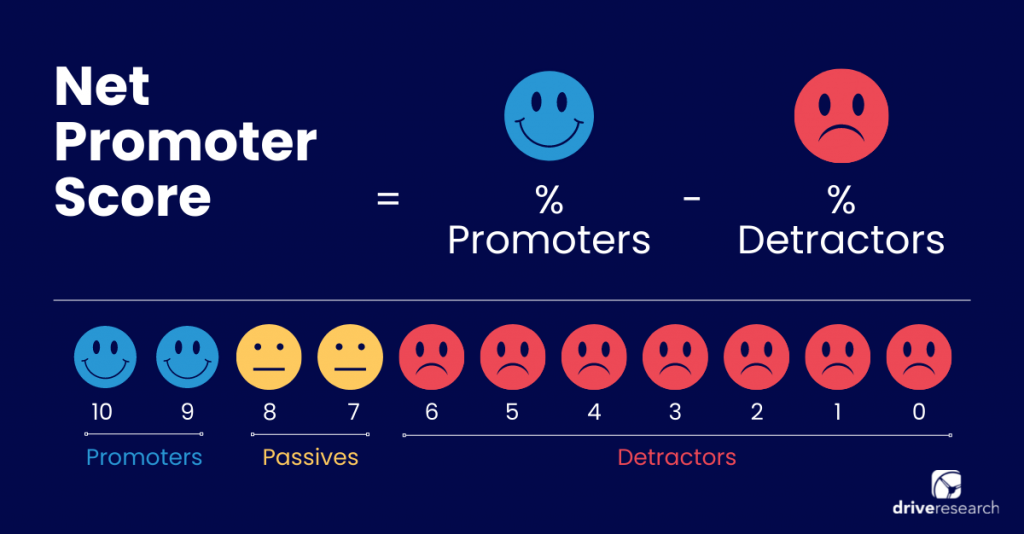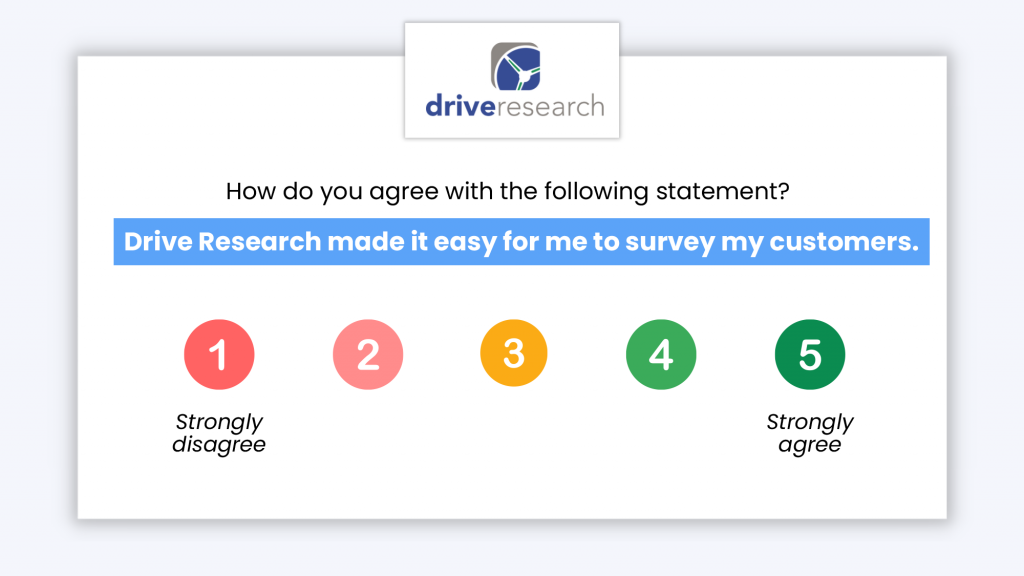
In the realm of customer satisfaction metrics, the Net Promoter Score (NPS) has long been a go-to for businesses seeking to gauge customer loyalty and overall satisfaction.
However, in today’s dynamic landscape, relying solely on NPS may not provide a comprehensive understanding of customer sentiment.
In this blog post, we explore alternative methods beyond NPS to effectively track and measure other customer satisfaction metrics.
From innovative metrics to insightful approaches, discover how businesses can gain deeper insights into customer experiences and foster stronger relationships.
What Does NPS Do, Exactly?
NPS measures the likelihood of a customer to recommend a product or service.
Asked on a Likert scale, respondents are asked to rate their likelihood of recommending the offering from 0 to 10.
Responses are broken up into three separate parts:
- Promoters: This group provided 9-10 ratings and are huge fans of a brand
- Passives: This group provided 7-8 ratings and like a brand, but there is something keeping them from being a promoter.
- Detractors: The opposite of promoters, detractors rate from 0 to 6 and aren’t big fans of a brand.

So, what’s a “good” NPS? The range is large, with positive scores ranging from +20 to +50. Ratings past +50 are a great ballpark to be in.
As we discussed earlier, NPS allows brands to…
- Attract customers
- Retain current customers
- Pinpoint common customer pain points
Clearly, these are all very important to the success of a business, which is why NPS is an important research tool to incorporate.
Depending on the survey, there are often a couple of follow-up questions after the NPS scale to learn more about why the respondents answered a certain way.
However, NPS isn’t the only important metric to measure customer satisfaction.
Alternatives to NPS
Customer Effort Score (CES)
The biggest alternative to NPS, a customer effort score (CES) is also asked via the Likert scale.
Instead, CES is based on a scale from 1 to 5 instead of 0 to 10. And the goal is just as it sounds: determining how much effort a customer puts into completing tasks for a brand.

Here’s an example: a bank is interested in the usability of its app.
A CES question for this would be: “How easy was it to submit a payment when using our app?”
Other common questions may focus on…
- Ease of logging onto a site
- Ease of submitting an order on a site
While there are types of CES questions that are asked on 7-point and 10-point scales, the goal is always the same: to ensure a smooth customer experience.
Customer Satisfaction Score (CSAT)
Measuring your CSAT, or customer satisfaction, score is commonly used by companies to determine how happy shoppers are with their offerings.
CSAT takes the whole customer experience into account, from purchasing a product to service options.
A higher score indicates that customers are pleased with a brand’s services, while lower scores indicate otherwise.
With this information, businesses can use data-driven decision-making to make improvements to their offerings. As a result, they will likely see a boost in customer satisfaction levels.
Another helpful aspect of CSAT research is that it measures brand awareness, too.
Since these online surveys ask customers questions about their perceptions of a business, this delivers important data on branding.
Voice of Customer (VoC)
Voice of Customer market research gathers important shopper information that’s essential to the shopping experience. Additionally, it’s also a great way to determine how brands can better connect with their customers.
This includes discovering key customer details like…
- Customer profile
- Common customer needs
- Drivers to loyalty
Because of this, VoC research is essential for developing the foundation of customer outreach strategies.
Gathering data via VoC research also aids in understanding differences between customer segments. Having access to this kind of demographic data allows businesses to tailor their messaging strategies to these different groups.
“Would You Recommend Us?” Survey
This tool is basically the same as NPS surveys, just under a different name.
These surveys are based on a 0 to 10 Likert scale and ask customers about their likelihood to recommend a product or service.
As we covered earlier, responses are broken up into promoters, passives, and detractors. The goal here is to convert passives and detractors into promoters.
This can only be done by carefully evaluating the survey data and determining how to improve services based on that. From there, brands will likely begin to see more promoters in future NPS surveys.
Customer Churn Survey
“Customer churn” refers to the rate customers leave a business within a certain period of time.
Of course, a survey based on this will help those organizations figure out why customers left. And since churn has a direct effect on revenue and growth, it’s essential for companies to keep an eye out for it.
Customer churn can have many different causes.
Common ones include:
- Dissatisfaction with product/service
- Better offers from competing brands
- Shifts in customer needs
Thankfully, all of these issues can be corrected with churn surveys. The data will reveal the true causes and businesses can take steps from there.
From starting loyalty programs to better customer service to improving marketing efforts, brands can target a number of different areas to reduce churn.
Like all customer-centric research, it’s important to conduct churn surveys more than once. Doing so will keep businesses updated on current trends, keeping them aware of changes.
Customer Service Survey
Surveys around customer service are absolutely key in maintaining a strong base of shoppers.
Why? Take a look…
- Almost 90% of customers would switch to another brand due to poor customer service
- Roughly two-thirds of millennial customers want real-time support
- 89% of customers are more likely to make a purchase after a positive support experience
And these are only a few examples of how important customer service is to a business.
Online surveys will measure how effective a brand’s customer service is, gathering essential customer data to improve existing measures.
Customer service is one of the key aspects of a business that increases trust among shoppers.
And since customers value trust so deeply, businesses need to have complete control over this area of business.
Post Purchase of Follow-Up Survey
Surveying customers post-purchase provides businesses with key data about their shopping experience.
The reason this is so important is that brands can use this customer data to vastly improve services around checking out and more.
Sent out to customers after a purchase, these surveys also ask about the overall experience, happiness with the buying process, along with improvement areas.
Many of the questions focus on how smooth the purchasing process was for customers.
This includes topics like:
- Ease of purchase
- Customer service
- Delivery experience
Along with measuring loyalty and other important factors, these surveys are also ideal for gathering customer testimonials. These can be used by marketing teams to promote a brand’s services.
Product Engagement Score
By measuring product engagement, businesses can learn how committed customers are to a product or service.
Typically, a product engagement score will measure the level of usage over a certain period of time. This is to gauge how customers interact with offerings and how valuable they are to a brand.
There are a few different details that go into calculating product engagement scores: how often an item is used, time spent on use, use of specific features, and customer feedback.
- If scores for product engagement are higher, this indicates that the item is meeting customer needs.
- If scores are on the lower end, this shows there need to be some improvements made.
Of course, the survey will reveal in detail what aspects work and what ones don’t.
Product engagement surveys are especially important for brands that rely heavily on digital user experiences, such as SaaS businesses.
Customer Satisfaction: Last Considerations
All in all, customer satisfaction must be measured by companies who want to see success.
Businesses that don’t prioritize this essential metric are missing out on truly understanding who their base is.
By investing in customer satisfaction research, businesses can create meaningful bonds with their shopper–which leads to a long-term, loyal base.
From positive word-of-mouth recommendations to customer retention and attraction, there’s no downside to measuring satisfaction levels.
Whether you choose to invest in NPS surveys or any of the other tools we discussed, you can be sure the data will drastically boost your business.
Contact Our Customer Satisfaction Research Company
By now, you know how important it is to begin conducting surveys to measure customer satisfaction levels. Doing so will increase customer happiness and create a multitude of positive effects for your business.
Drive Research is a national market research company. Our team has years of combined experience in measuring customer satisfaction and will work with your team to determine the exact method to invest in.
Would you like to learn more about our market research services? Let’s talk!



